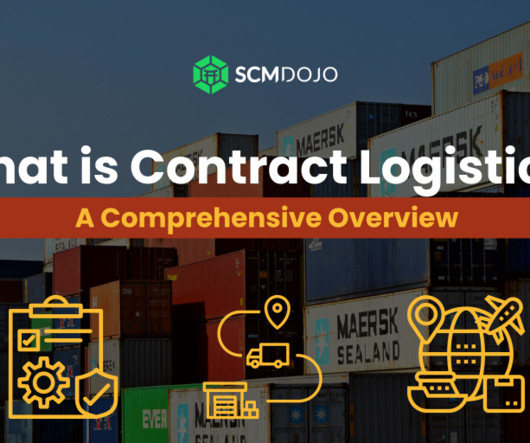25 Lean Manufacturing Tools – 5S, Six Sigma & Beyond
Unleashed
MARCH 24, 2024
Many manufacturers use lean methods to cut costs and improve efficiencies in their business. But ‘lean’ is a very broad concept and the ways that manufacturers ‘go lean’ vary considerably. Here we look at the most common tools and techniques used to bring the advantages of lean into the modern manufacturing workplace.


























Let's personalize your content